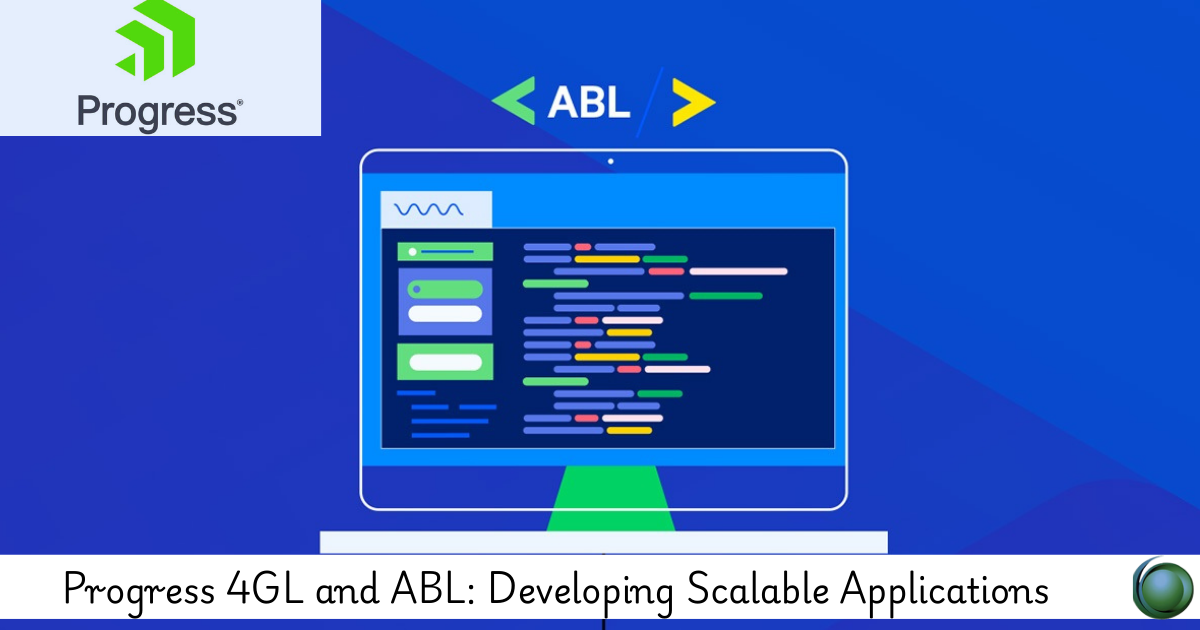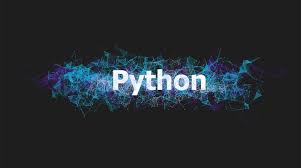Description
Introduction
Developing scalable applications with Progress 4GL (also known as ABL) (Advanced Business Language) requires a deep understanding of both the Progress OpenEdge platform and the principles behind building enterprise-grade, high-performance applications. Progress 4GL provides a rich set of features tailored for business logic and database interaction, making it a powerful tool for developing robust and scalable applications.
This training focuses on leveraging the Progress 4GL/ABL language to design and develop scalable applications that can handle large volumes of data and transactions. The course will cover key topics such as efficient database handling, performance optimization, multi-threading, and scalability strategies. Participants will also explore best practices for building maintainable and reliable applications within the Progress OpenEdge ecosystem.
Prerequisites
- Basic understanding of Progress 4GL/ABL programming
- Familiarity with database management and SQL
- Knowledge of business application development
- Understanding of object-oriented programming concepts
- Familiarity with Progress OpenEdge environment
- Experience in software development with an emphasis on performance and scalability
Table of Contents
1. Introduction to Scalable Application Development
1.1 What Makes an Application Scalable?
1.2 Key Principles of Scalability
1.3 Scalability Challenges in Business Applications
1.4 The Role of Progress 4GL in Building Scalable Solutions
2. Understanding Progress 4GL/ABL for Application Development
2.1 Overview of the Progress 4GL/ABL Programming Language
2.2 Core Features and Capabilities of Progress 4GL/ABL
2.3 Data Handling and Interfacing with OpenEdge Databases
2.4 Best Practices for Writing Efficient ABL Code
3. Performance Optimization in Progress 4GL
3.1 Identifying Performance Bottlenecks in 4GL Applications
3.2 Query Optimization and Efficient Database Access
3.3 Caching Techniques for Performance Enhancement
3.4 Minimizing Network Latency in Distributed Applications
3.5 Optimizing Memory Usage and Multi-Threading in ABL
4. Designing Scalable Database Interactions
4.1 Efficient Use of OpenEdge Database for Large-Scale Applications
4.2 Structuring and Indexing Database Tables for Performance
4.3 Transaction Management in High-Volume Applications
4.4 Implementing Data Integrity and Consistency
4.5 Using Temp Tables and Buffering for Performance
5. Multi-Threading and Concurrency in Progress 4GL
5.1 Overview of Multi-Threading Concepts in 4GL
5.2 Managing Concurrent Processes in a Scalable Application
5.3 Using THREAD, SHARED, and PRIVATE Variables
5.4 Synchronization and Avoiding Race Conditions
5.5 Leveraging OpenEdge AppServer for Multi-User Environments
6. Application Architecture for Scalability
6.1 Designing Scalable Application Architectures
6.2 Client-Server and N-tier Application Models
6.3 Handling Data Transactions and State Management
6.4 Load Balancing and High Availability in OpenEdge Apps
6.5 Integrating Microservices with Progress OpenEdge
7. Best Practices for Scalable Application Development
7.1 Modularizing Code for Reusability and Maintainability
7.2 Error Handling and Logging in Scalable Applications
7.3 Code Reviews and Performance Audits
7.4 Designing for Fault Tolerance and System Recovery
7.5 Ensuring Application Security in a Scalable Environment
8. Integrating External Services with Progress 4GL
8.1 Building RESTful APIs with Progress 4GL(Ref: Building RESTful APIs with Progress OpenEdge and 4GL)
8.2 Integrating OpenEdge Applications with External Systems
8.3 Using Web Services for Cross-Platform Integration
8.4 Interfacing with Cloud Services for Scalable Solutions
8.5 Managing API Rate Limiting and Scalability
9. Testing and Debugging Scalable Applications
9.1 Automated Testing for High-Volume Applications
9.2 Load Testing and Stress Testing in OpenEdge
9.3 Debugging and Profiling Tools for Performance Optimization
9.4 Unit and Integration Testing with Progress 4GL
9.5 Continuous Integration and Delivery for Scalable Solutions
10. Deployment and Scaling Applications in Production
10.1 Deploying OpenEdge Applications to Cloud and On-Premise
10.2 Horizontal vs. Vertical Scaling Strategies
10.3 Implementing Disaster Recovery Plans and Backup Strategies
10.4 Monitoring Application Performance in Production
10.5 Scaling the OpenEdge Database for High Availability
11. Advanced Scalability Concepts
11.1 Handling Big Data in OpenEdge Applications
11.2 Distributed Systems and Cloud-Native Architectures
11.3 Implementing Event-Driven Architectures with OpenEdge
11.4 Scaling with OpenEdge Database Replication
11.5 Future Trends in Scalable OpenEdge Application Development
12. Conclusion
12.1 Summary of Key Concepts in Scalable Application Development with Progress 4GL
12.2 Future-Proofing OpenEdge Applications for Growth
12.3 Best Practices for Long-Term Application Success
12.4 Key Takeaways and Resources for Further Learning
By completing this course, developers will gain a comprehensive understanding of how to build scalable applications using Progress 4GL/ABL and OpenEdge. They will learn how to optimize performance, handle large-scale data, and ensure high availability in business-critical applications. Mastering these skills will equip developers to build powerful, flexible, and robust enterprise solutions that can easily scale to meet the evolving needs of their organizations. Whether it is handling millions of transactions, integrating with external systems, or ensuring the highest levels of uptime and performance, this training provides the knowledge required to successfully develop and deploy scalable applications using Progress 4GL.







Reviews
There are no reviews yet.